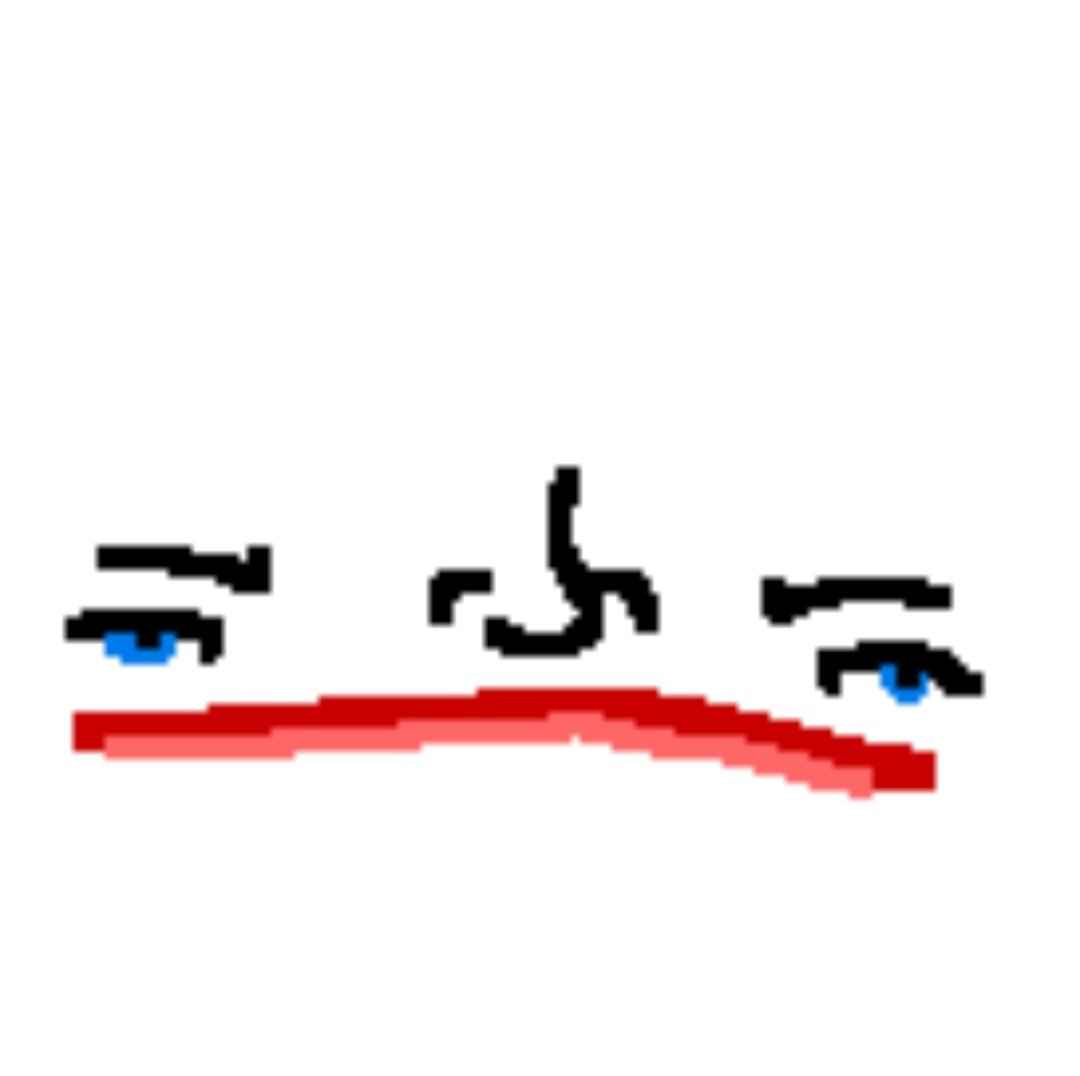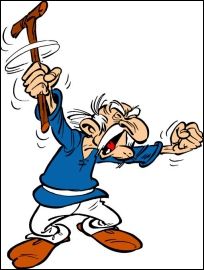
French is pretty stupid too. Smart Belgium with french as national tongue only changed that number aberration: They use the made-up word “octante” for eighty and “nonante” for ninety, instead of “quatre-ving” (four-twenty) or “quatre vingt dix” (four-twenty , ten) in proper french
What if I told you that all words are made up?
In Belgium we use nonante, not octante, that is, iirc only used in Switzerland. That means we at least don’t use quatre-vingt onze etc.
oh my bad… so they went “septante” “nonante” and kept the “quatre vingt” in the middle… this is more weird
Dunno, I prefer french to spanish tbh. Maybe its because basque is like French.
I’m actually impressed by this map. The French speaking part of Switzerland is not only differentiated from the German speaking part, it is also differently coloured than France, since Swiss French has more sensible numbers.
Fun fact, english used to count the same way as german, and it still has the numbers in “reverse” from 13 to 19.
Four and twenty blackbirds baked in a pie…
That still fits the pattern of “bigger number, then smaller number.”
True. It does match the French pattern of 4x20+x.
It does exactly, and I didn’t notice that. “Four score and twelve.”
Is this a Michael Hobbes joke?
Four score and a dozen.
97
4x20 + 10 + 7
We can also do 2+90 here in the UK. There’s a nursery rhyme about “four and twenty blackbirds” that I think the kids are still learning.
The map is wrong, Czechs can do both 2+90 and 90+2, I am not sure if it’s regional within the country, or depends on the context, but they definitely use both versions
Oh yeah, one of the pics that inspired me to study French. I was dreading the numerals but it’s not that bad. You count tens and twenties and sometimes they’re special. And numbers below 20 have specific names, but that’s kinda true in most languages.
A lot of languages have weird corner cases. (Like, in Finnish most numbers are perfectly regular. Except 11-19 which are not “one-ten-and-x” but rather “x-of-the-second”. I’m sure there’s a reasonable etymological reason. At least they’re not “teens”.)
And the French way isn’t rotten? Lmao
It’s bad, but not danish bad







